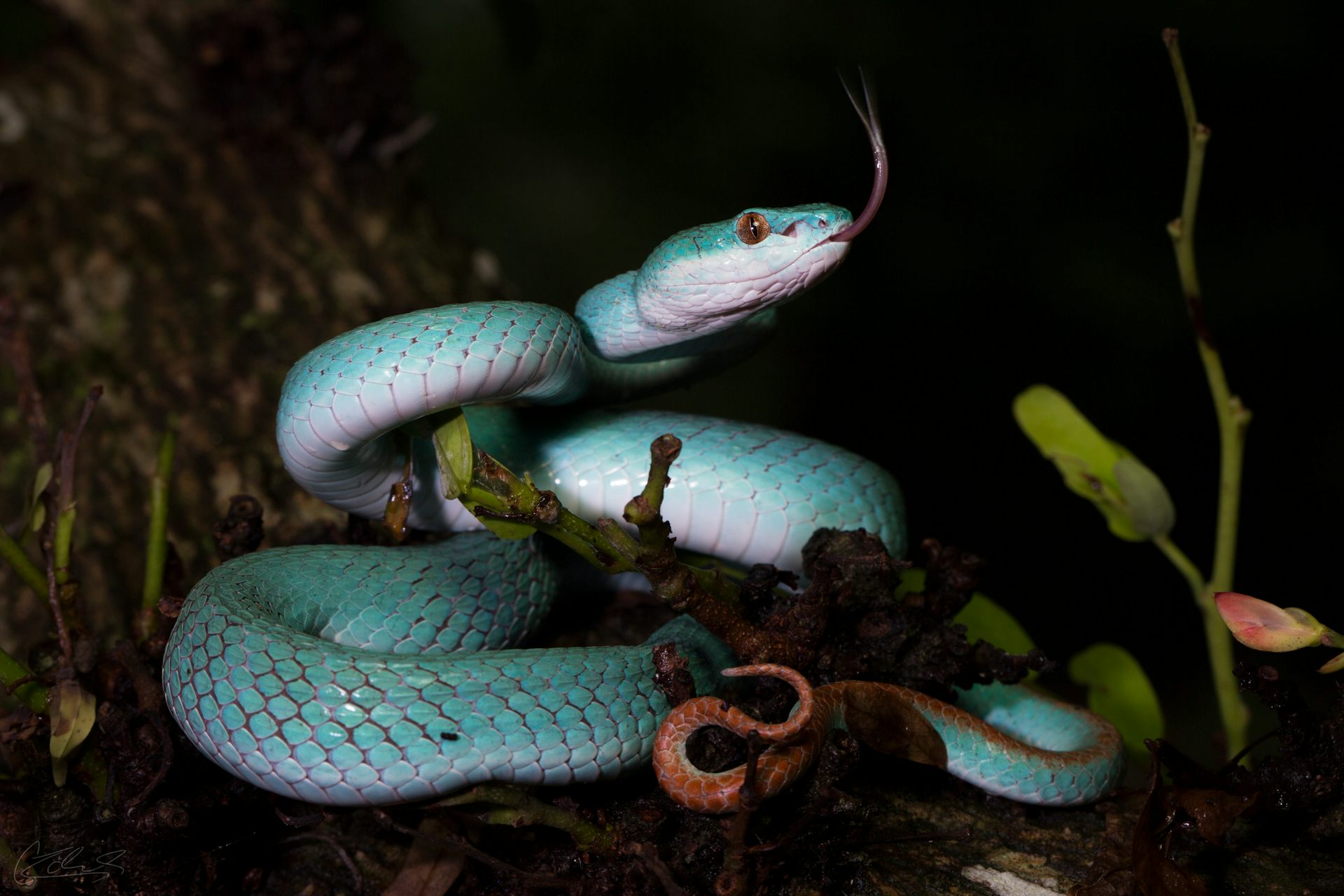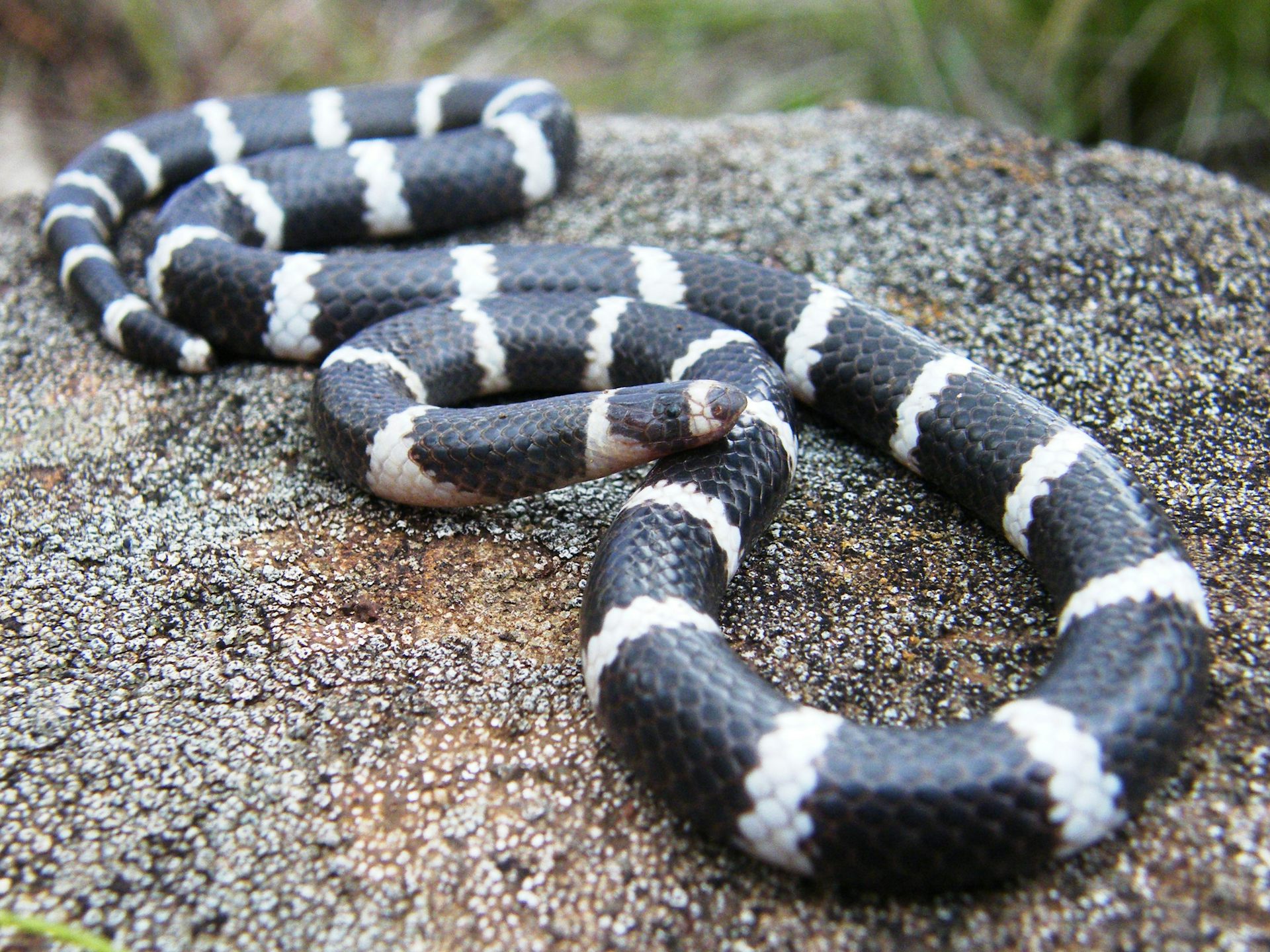Introduction
The Tasmanian tiger serpent, clinically referred to as Notechis scutatus, is among Australia's many interesting reptiles. Located mainly in Tasmania and its surrounding islands, this serpent has gathered interest not only for its striking look but likewise for its complicated actions and vital duty in the ecosystem. This write-up will certainly check out the various aspects of the Tasmanian tiger snake's environment, behavior, makeup, and communications with human beings while offering vital info regarding precaution in instance of a snake bite.
Whether you're a scientist, a wild animals lover, or simply a person curious concerning these interesting animals, this comprehensive guide guarantees to supply insights that are both insightful and engaging. So let's start this journey to understand the Tasmanian tiger snake better!
The Tasmanian Tiger Snake: An Overview
Physical Characteristics of the Tasmanian Tiger Snake
Tiger serpents are defined by their distinct coloration and patterns. They typically display a mix of yellow or lotion stripes on a dark brown or black history-- therefore the name "tiger." Grown-up tiger serpents can mature to about 2.1 meters long, although most people average around 1.5 meters.
Key Attributes:

- Coloration: Varies from dark brownish to olive environment-friendly with lighter bands. Size: Grownups usually range from 1.2 to 2.1 meters. Head Forming: Distinctly broad with famous eyes.
Distribution and Habitat of the Tasmanian Tiger Snake
The Tasmanian tiger serpent predominantly occupies coastal regions, wetlands, marshes, and meadows in Tasmania. It flourishes in environments where it can quickly accessibility water sources considering that it is often located near streams or lakes.
Habitat Preferences:
- Wetlands: Ideal for searching prey like frogs and little mammals. Coastal Locations: Offers bountiful food resources. Grasslands: Provides cover and basking spots.
Understanding Tiger Snake Behavior
Feeding Practices of the Tasmanian Tiger Snake
Tiger snakes are meat-eating and opportunistic feeders. https://telegra.ph/A-Newbies-Guide-to-Australian-Serpents-Concentrate-On-Tiger-Snakes-01-27 Their diet plan consists primarily of frogs, fish, little animals, and birds. They depend on their keen eyesight and swift motions for hunting.
Dietary Malfunction:
- Frogs: A main element because of wealth in wetland habitats. Fish: Often captured when swimming in superficial waters. Small Mammals: Sometimes preys on rodents.
Breeding Habits of the Tasmanian Tiger Snake
Tiger snakes have an interesting reproductive cycle. Mating typically occurs in springtime after arising from hibernation. Female tiger serpents bring to life live young as opposed to laying eggs, which is rather one-of-a-kind amongst reptiles.
Reproductive Cycle:
- Mating Season: Spring (September to November). Gestation Period: Approximately three months. Litter Dimension: Varieties from 20 to 40 baby tiger snakes.
Aggression and Defense reaction of the Tasmanian Tiger Snake
Though they can be hostile when endangered, tiger snakes typically favor to pull away as opposed to challenge risk directly. Their key defense reaction include attacking when caught or presenting their size via hissing.
Defensive Strategies:

- Hissing Noise: A warning signal suggesting distress. Bite Response: A last option when escape alternatives are limited.
Are Tiger Snakes Venomous? Understanding Their Venom
Venom Structure and Effects
Yes! The Tasmanian tiger serpent is venomous. Its venom has neurotoxins that can create major damage and even fatality if left unattended. The effects http://cashrgaa763.yousher.com/snake-bite-first-aid-in-australia-what-local-guidelines-recommend of a bite can include paralysis, swelling at the bite website, nausea, and various other systemic symptoms.
Venom Characteristics:
- Neurotoxic Parts: Influence nerve system functioning. Hemotoxic Effects: Can bring about cells damage.
Common Signs and symptoms Adhering to a Tiger Snake Bite
Recognizing symptoms quickly is critical for efficient first aid management after a serpent bite:
- Severe discomfort at bite site Swelling Nausea or vomiting Difficulty breathing
First Help for Snake Bites: What You Need to Know
Immediate Steps After a Tiger Snake Bite
In case you come across a circumstance including a tiger snake bite, it's vital to act swiftly:
Call emergency situation services immediately. Keep the affected limb incapacitated at heart level. Remove limited garments or fashion jewelry around the bite site.Creating Your Snake Bite Emergency Treatment Kit
Having an adequately stocked emergency treatment package can make all the distinction throughout emergency situations:|Thing|Purpose|| ------|---------|| Compression bandage|To incapacitate limb|| Splint|To maintain hurt area|| Antiseptic wipes|For cleaning up wounds|
FAQs About the Tasmanian Tiger Snake
What do infant tiger snakes eat?
Baby tiger serpents primarily feed upon small pests and amphibians until they grow large enough to hunt larger target like frogs or small fish.
How harmful is a tiger serpent bite?
A tiger snake bite can be very dangerous due to its http://trevoryamq399.image-perth.org/how-to-treat-a-snake-bite-essential-first-aid-techniques potent venom; prompt medical attention is vital for survival.
Where are eastern tiger snakes found?
Eastern tiger snakes populate seaside areas across southeastern Australia but are much less usual than their Tasmanian counterparts.
What must I do if I see a tiger snake?
Maintain your range; do not attempt to handle it unless you're educated to do so-- most bites take place throughout attempts at capture or mishandling.
Can I survive without antivenom after being bitten?
While some people may survive without antivenom relying on various elements such as wellness conditions and time considered therapy; seeking instant medical aid is constantly suggested as it significantly raises survival chances.
Are there any specific precaution I need to take while hiking in Tasmania?
Always wear sturdy boots, remain on marked trails, stay clear of tall lawn where presence may be restricted; acquaint on your own with neighborhood wildlife before heading out into nature!
Conclusion
The Tajamanian tiger serpent represents an important part of Australia's rich biodiversity landscape both environmentally as predators and culturally as signs within Australian folklore. Understanding their habitat preferences along with habits provides understanding right into how we can exist together securely while valuing wildlife limits-- bearing in mind that recognition leads us in the direction of much safer adventures outdoors!
By staying informed regarding possible dangers such as envenomation from bites while likewise taking preventive measures ensures favorable experiences when experiencing these remarkable creatures!
In verdict, whether you're interested by their striking look or captivated by their intricate actions-- the Tasmanian tiger serpent definitely deserves recognition beyond simple fascination-- it envelops nature's elegance linked delicately within our ecosystems!
